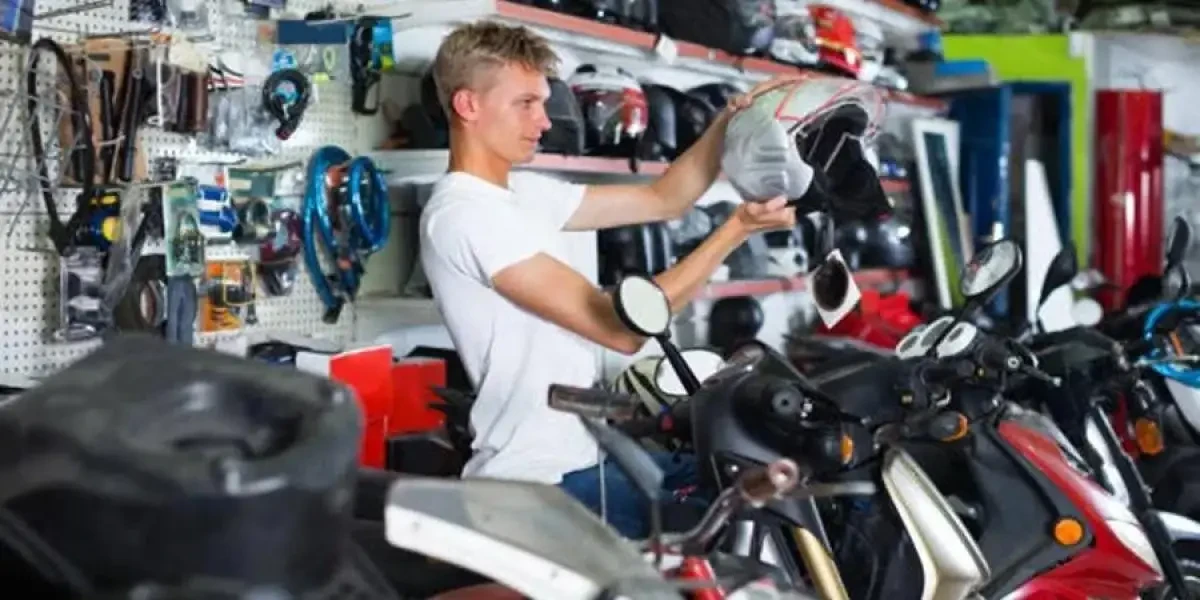Understanding Motorbike Gears: How to Optimize Your Riding Experience
In the world of motorcycling, understanding the art of equipment manipulation is crucial for boosting your riding performance. Appropriately understanding and using motorbike equipments can significantly affect velocity, gas, and control effectiveness, transforming an average trip into a smooth, thrilling journey. By incorporating specific shift timing and adapting equipment option to numerous roadway conditions, motorcyclists can make certain ideal engine efficiency and security. The nuances of clutch control, throttle sychronisation, and gear mechanics beckon a deeper expedition, guaranteeing to unlock the complete capacity of your device. Just how can these strategies be used to truly enhance your riding experience?
Comprehending Gear Mechanics
At the core of bike characteristics, equipment auto mechanics play a critical role in transforming engine power right into movement, ultimately determining speed and control. The gear ratios, meticulously made, figure out the connection between engine changes and wheel turns, affecting acceleration and gas effectiveness.
Comprehending equipment auto mechanics starts with recognizing the value of the transmission, which houses several equipments of varying dimensions. These gears engage via a process recognized as meshing, where teeth of different equipments engage to send power.
Furthermore, the principle of gear shifting is integral to making best use of performance. Timely and smooth changes ensure that the engine operates within its optimum power band, avoiding unneeded pressure and enhancing durability (mx gear nz). By comprehending these mechanical intricacies, riders can attain a harmonious mix of power, control, and effectiveness, boosting their riding experience
Timing Your Changes
Change timing mastery is vital for enhancing bike efficiency and boosting the riding experience. Properly timed changes guarantee that the engine operates within its optimal power band, which is important for preserving control, attaining smooth velocity, and making certain the long life of the motorbike. Cyclists have to create an instinctive feeling of when to change equipments, which includes comprehending the partnership between engine revolutions per min (RPM) and rate.
To understand change timing, pay close interest to the engine's sound and feel, as these provide vital hints about when to change equipments. The excellent change point usually occurs when the engine approaches the top range of its power band without getting to the redline. Changing as well early can result in an absence of power, while moving far too late might trigger unnecessary engine pressure
Additionally, road problems and riding style impact change timing. In contrast, during freeway riding, fewer shifts at greater speeds can be more proper.
Enhancing Gas Efficiency
While grasping bike gears is crucial for performance, boosting gas efficiency is similarly vital for both economic and environmental factors. Optimal fuel usage not only lowers functional costs however likewise decreases the ecological footprint of riding. To accomplish this, one need to comprehend the detailed relationship between gear selection and engine performance.
Riding in a greater equipment at reduced rates can lead to engine carrying, which is harmful to both fuel economy and engine health. Alternatively, riding in reduced equipments at high rates results in unnecessary fuel consumption.
In addition, normal maintenance plays a critical role in gas performance. Ensuring that the motorcycle is well-tuned, with tidy air filters and effectively pumped up tires, can improve aerodynamics and lower motorcycle hat helmet fuel wastage. In addition, taking on a riding style that welcomes progressive acceleration and smooth slowdown can add to better gas economic climate.

Strategies for Smooth Transitions
Accomplishing smooth equipment shifts is essential to improving the riding experience and guaranteeing the durability of a motorbike's transmission system. Proper gear shifting not just adds to a seamless adventure but additionally reduces damage on the mechanical components. To understand the art of smooth transitions, motorcyclists must focus on a few vital techniques.

Second of all, clutch control plays a crucial role. Engaging and disengaging a fantastic read the clutch smoothly requires method. The clutch lever must be launched gradually, enabling for a seamless transfer of power from the engine to the wheels without triggering a shock or sudden activity.
Adapting to Roadway Conditions
Navigating diverse road problems is a critical skill for any motorcyclist intending to maintain control and safety. Whether you're riding on wet surface areas, gravel roads, or browsing doglegs, your capacity to adjust your equipment usage and riding technique is critical. Understanding how to readjust your equipments properly can significantly impact grip and security, guaranteeing a safer trip.
On damp roads, it is advisable to keep higher gears to lower torque and lessen wheel spin. This method helps keep hold on slippery surface areas, enabling for smoother acceleration and slowdown. On the other hand, when riding on crushed rock or unequal terrain, reduced gears are better. Lower equipments offer better control and enable you to respond even more swiftly to unanticipated modifications in the roadway surface.
Sharp contours demand specific equipment monitoring to stabilize speed and control. Downshifting before getting in a contour can aid keep energy while making certain the motorcycle remains stable throughout the turn. Regular technique in diverse read what he said conditions improves your ability to predict and react to modifications in road structure and slope.
Verdict
Mastering bike equipments considerably boosts the riding experience by improving acceleration, control, and fuel performance. Adapting gear choice to numerous roadway conditions, such as utilizing greater gears on damp surfaces and lower gears on gravel, further boosts handling and security.
Recognizing equipment auto mechanics starts with acknowledging the value of the gearbox, which houses several gears of differing dimensions. These equipments connect through a procedure known as meshing, where teeth of various gears engage to transmit power (motorcycle parts nz). Mild adjustments to the throttle throughout equipment changes can prevent jerky activities and preserve a regular riding rate
Whether you're riding on damp surface areas, gravel roads, or navigating sharp turns, your ability to adapt your gear use and riding method is critical. Adapting equipment selection to different road conditions, such as utilizing greater equipments on wet surfaces and lower gears on gravel, additional boosts handling and safety.